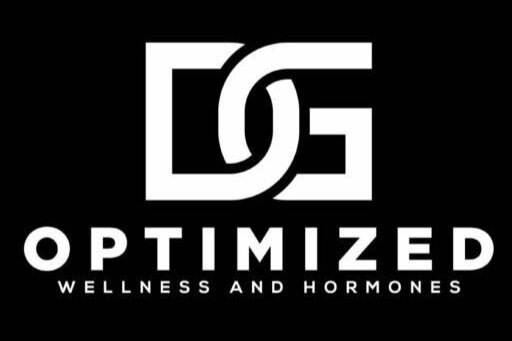Unveiling the Truth: Debunking Testosterone Myths in Women's Health
The use of testosterone (T) therapy to alleviate symptoms of hormone deficiency in pre and postmenopausal women has been on the rise in recent years. The advent of the T patch has sparked a surge of new research on the safety and effectiveness of T therapy. Yet, in the United States, misconceptions about T and T therapy for women still run rampant. This post sets out to debunk some of these prevalent myths, laying the groundwork for our upcoming series that will delve into the top 10 myths about testosterone use in women.
Misguided Misconceptions from Epidemiological Studies
Much of the misunderstanding surrounding T therapy in women is rooted in epidemiological studies that associate elevated (endogenous) T levels with certain diseases. These findings are often presented in a way that suggests a harmful role for T in disease development, despite a lack of substantial evidence or plausible explanation to support this causative connection. These misconceptions, when repeated often enough, and especially when fortified with anecdotal evidence, become 'myths' that gain widespread acceptance, regardless of their absence of any biological or physiological rationale.
Extrapolation Errors and Misinterpretations
Another element contributing to the confusion about the safety of T therapy in men and women involves the inappropriate extrapolation of adverse events from high-dose oral and injectable anabolic-steroids to T therapy. Issues like mental status changes, aggression, cardiac and liver problems, endocrine disturbances, and potential for abuse are erroneously associated with T therapy, even though there's no evidence to back these claims. It's vital to clarify that, in this discussion, testosterone (T) refers only to bio-identical testosterone, not oral, synthetic testosterones, or anabolic steroids.
In countries like England and Australia, bio-identical T is approved for use in women and has been in use for over six decades. However, the U.S. had no licensed T product for women as of 2013. Bio-identical T is regulated as a 'schedule 3' drug and classified as a 'class X' teratogen in the U.S.
Debunking the First Myth: "Testosterone is a 'Male' Hormone"
One of the most persistent myths is the labeling of T as a 'male hormone'. While it's true that men do have higher circulating levels of T than women, it's important to highlight that testosterone is quantitatively the most abundant active sex steroid in women throughout their lifespan.
Despite being measured in 10-fold higher units than estradiol (E2), a common misconception still prevails. In reality, women and men both have ample levels of testosterone such as dihydroepiandrosterone sulfate (DHEAS), dihydroepiandrosterone (DHEA), and androstenedione, all contributing significant amounts of T to the testosterone receptor (AR).
Contrary to common belief, testosterone was reported as early as 1937 to effectively treat menopause symptoms. Both women and men are genetically similar, each possessing functional estrogen receptors (ERs) and testosterone receptors (ARs). The AR gene is even located on the X chromosome, an interesting fact often overlooked.
The reality is that testosterone, in balance with smaller amounts of E2, plays a crucial role in the health of both sexes. Not to mention, testosterone is the primary substrate for E2 and exhibits secondary effects in both sexes via the ER. So, the fact remains: Testosterone is the most abundant biologically active hormone in women.
The review this week will be based on the following article:
Rebecca Glaser and Constantine Dimitrakakis. Maturitas, 2013-03-01, Volume 74, Issue 3, Pages 230-234.
Stay tuned for more in our upcoming series, where we'll bust open the doors on m
